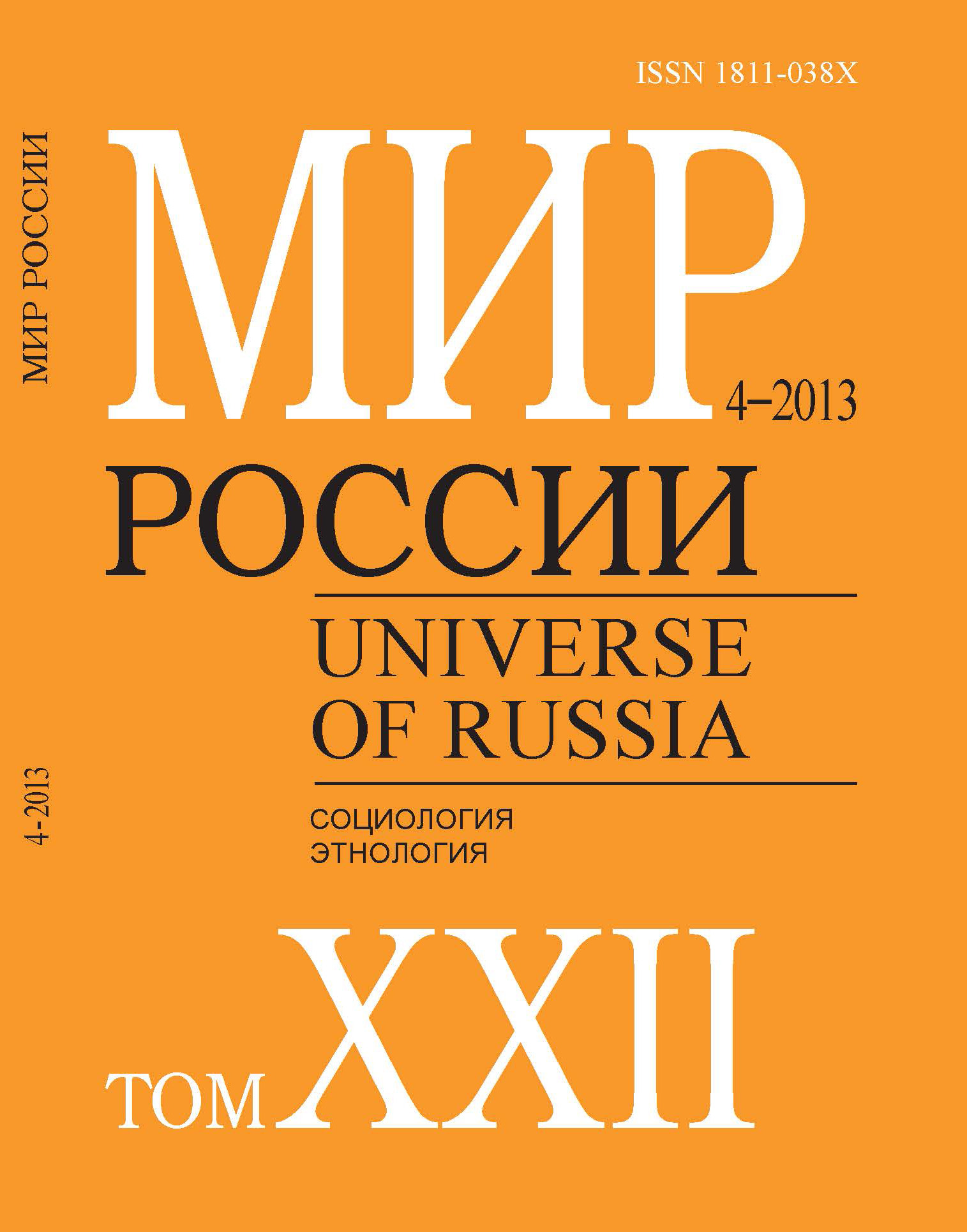The Russian Village: Persistence Against Transformation. The Notes of an Amateur
Abstract
Sergey Smirnov — Director, Institute for Social Policy and Socio-Economic Programs, National Research University “Higher School of Economics”. Address: 20, Myasnitskaya St., Moscow, 101000, Russian Federation. E-mail: socpol@hse
The paper is based on the travelling observations made by the author in the late spring of 2012 during his journey from Moscow to Medvedevo (Kostroma region) to participate in the 3rd International Conference “The New Social Meaning of the Environment: Globalization, Conservation and Ruralism” organized by Russian Society of Professional Sociologists. These observations were later tested against the data provided by the Federal State Statistical Service (Rosstat). The objective of this undertaking was to discover the quantitative social and economic indicators that best characterize the erosion of traditional rural lifestyle in Russian villages. This process was triggered by transition from state socialism to a market economy in the beginning of the 1990s. The collapse of Soviet agricultural enterprises was made inevitable by restricting their access to budget resources. However, Russia has a total of 83 regions whose natural, social, economic and other characteristics differ to a considerable extent. This is the reason for significant interregional variety in the dynamics of the agricultural industry over the last two decades. For instance, the total area with crops has decreased more than 10-fold in the Republic of Tuva and by only about 7% in Krasnodar Territory. As far as production of meat and milk is concerned, it has increased by 3.8 times and 2.2 times, respectively, in Belgorod and Omsk region. On the other hand, the production of milk was nearly abandoned in the Magadan region. This diverse state of agricultural industry determines the differences in fate of rural areas in different regions. Possible social tension as a consequence of restructuring former countryside is not the principal factor for policy makers in Russia. On average, the rural population is older than the total population, and particularly the urban population. Moreover, the share of women among rural population is much higher. It is possible to find new drivers for development of depressed rural areas, but there are still many exceptions. If such drivers exist, a rural settlement can survive, although certain changes in its image and socioeconomic functions are required. However, typical solutions are not universally applicable: everything depends on the situation at a micro-level. The vector of future development or inevitable collapse depends on various objective and subjective factors. In many cases, the necessary conditions for a favorable outcome is the geographical location of a settlement and the presence of community whose activity is concentrated around its very preservation.






